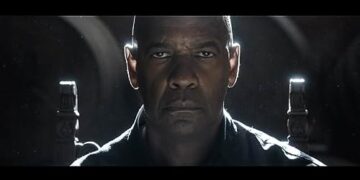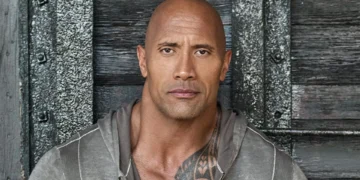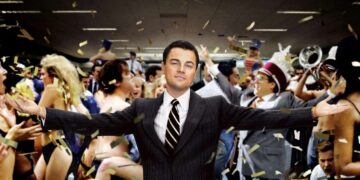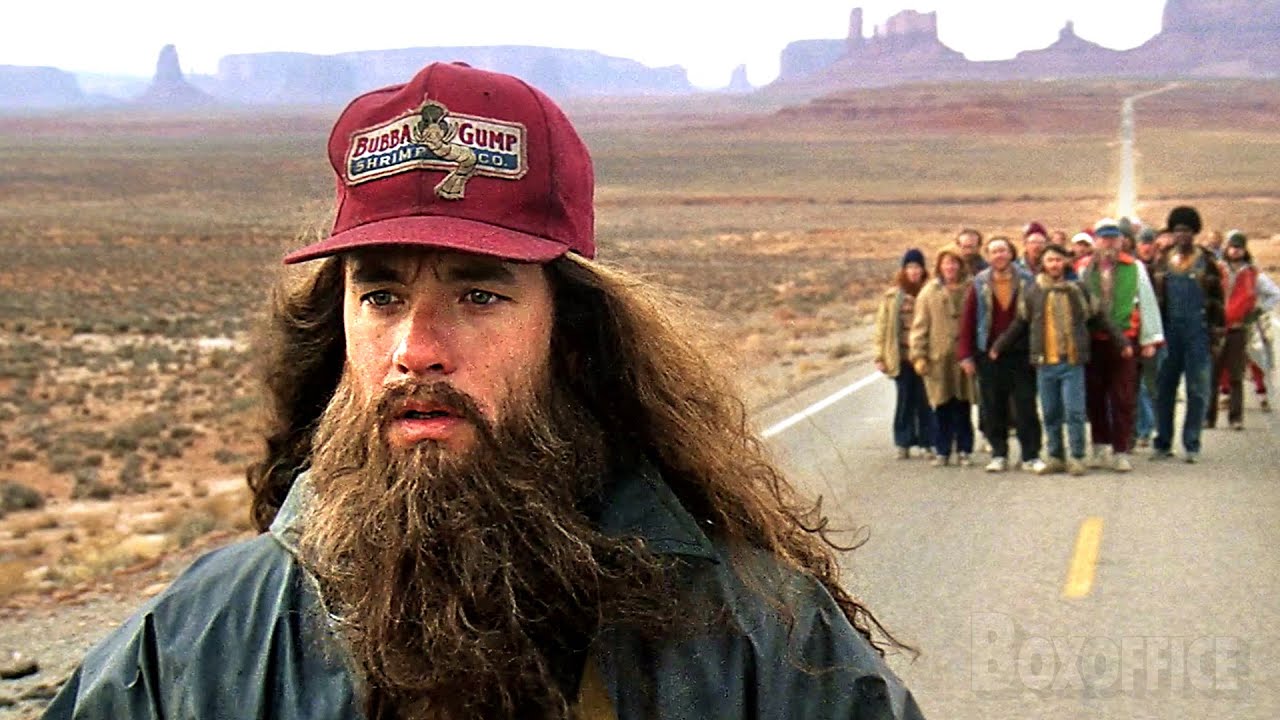No Time to Die is a 2021 spy film produced by Eon Productions and distributed by Metro-Goldwyn-Mayer. It is the 25th film in the James Bond series, and the fifth and final film to feature Daniel Craig as the fictional British Secret Service agent James Bond. Fukunaga directed the film from a screenplay by Cary Joji Fukunaga and Neal Purvis and Robert Wade. The supporting cast features Rami Malek, Léa Seydoux, Lashana Lynch, Ana de Armas, Naomie Harris, Ben Whishaw, Jeffrey Wright, Christoph Waltz, and Ralph Fiennes.
In the film, Bond has left MI6 and is enjoying a quiet life in Jamaica. His peace is short-lived when his old CIA friend Felix Leiter asks for help in rescuing a kidnapped scientist. Soon Bond is on the trail of a mysterious villain named Safin, who is armed with a dangerous new technology.
No Time to Die was originally scheduled for release in November 2020, but was delayed several times due to the COVID-19 pandemic. It was eventually released in the United Kingdom on 30 September 2021, and in the United States on 8 October 2021. The film was a critical and commercial success, grossing over $774 million worldwide.
No Time to Die was praised for its action sequences, cinematography, and performances, particularly Craig’s in his final outing as Bond. However, some critics criticized the film’s length and pacing. Overall, No Time to Die is a fitting and satisfying conclusion to Craig’s era as James Bond.
1. Introduction
The James Bond Franchise: A Cinematic Legacy
The James Bond franchise holds a special place in cinematic history. For many viewers, Bond films are synonymous with the concept of franchise movies. The appeal of these films lies in their ability to deliver both familiar characters and exciting variations on their themes. However, this sense of familiarity often comes with a perception of overmanagement and a focus on profit margins rather than artistic vision.
The Craig Era and Its Impact
Over the years, the Bond franchise has evolved, and the five films starring Daniel Craig have brought their own unique contributions. These films, collectively known as the Craig era, have intensified the sense of overmanagement and commercialization within the series. While they have garnered critical acclaim and commercial success, they have also raised questions about the artistic integrity of the franchise.
2. The Plot and Characters of “No Time to Die”
Bond’s Final Mission: A Sense of Closure
“No Time to Die” serves as Daniel Craig’s final outing as James Bond, and as such, it carries the weight of providing closure to his character’s arc. The film presents Bond with one of his toughest missions yet – to put an end to the era that revitalized the iconic spy. It is a high-stakes adventure that aims to entertain audiences while tying up loose ends and hinting at the future of the franchise.
Exploring the Past and Ties to “Spectre”
In “No Time to Die,” the film pays homage to its predecessors by revisiting key moments from Craig’s Bond films. The story delves into Bond’s past and relationships, particularly his connection with Vesper Lynd from “Casino Royale.” Additionally, the film directly addresses the events of “Spectre,” a film that was met with mixed reviews. “No Time to Die” seeks to rectify the perceived shortcomings of its predecessor and provide a more satisfying narrative.
Introducing New Characters and their Roles
Alongside familiar faces, “No Time to Die” introduces new characters to the Bond universe. Nomi, played by Lashana Lynch, takes on the mantle of 007, bringing a fresh perspective to the role. Other notable additions include Ana de Armas as Paloma, a CIA agent who injects the film with a burst of energy, and Rami Malek as the villainous Lyutsifer Safin. These characters are instrumental in Bond’s final mission, adding depth and intrigue to the story.
3. The Cinematic Universe Approach
Bond Films as Franchise Movies
The Bond franchise has embraced the concept of franchise filmmaking, aligning itself with the likes of the Marvel Cinematic Universe. The films interconnect and form a cohesive Bond cinematic universe, with each entry building upon the events of its predecessors. This approach allows for a sense of continuity and an expanded narrative scope, but it also places restrictions on creative freedom and can lead to formulaic storytelling.
The Marvel Cinematic Universe Influence
The influence of the Marvel Cinematic Universe (MCU) is evident in the Craig era of Bond films. Like the MCU, the Craig films pull from previous entries to create the impression that everything was planned from the beginning. While this approach offers a sense of cohesion, it also assumes a level of familiarity with the previous films, potentially alienating viewers who are new to the franchise. The challenge lies in striking a balance between continuity and accessibility.
4. The Evolution of Bond’s Style
From Classic Exaggeration to Realism
The Bond franchise has undergone a stylistic evolution over the years. Traditionally, Bond films were known for their extravagant exaggerations and lack of self-awareness. However, the Craig era has taken a different approach, favoring realism and grittiness. This shift in tone has been met with both praise and criticism, as it deviates from the classic Bond formula while aiming for a more grounded and emotionally resonant portrayal.
Daniel Craig’s Unique Interpretation
Daniel Craig’s portrayal of Bond has been a defining aspect of the Craig era. His performance brings a sense of intensity and vulnerability to the character, showcasing Bond as a flawed and complex individual. Craig’s interpretation has redefined the expectations for Bond actors, challenging the suave and charming archetype of previous iterations. His portrayal reflects a more introspective and tormented Bond, adding depth and nuance to the character.
The Absence of Unconscious Expression
One notable departure from previous Bond films is the absence of unconscious or excessive expression. The Craig era has eschewed the over-the-top elements often associated with Bond, opting for a more restrained and controlled performance. This deliberate choice eliminates the campiness and self-awareness that characterized earlier films. While it allows for a more grounded and serious tone, it also removes an essential element of the Bond experience.
5. Backstory and Character Motivations
The Role of Backstory in Modern Movies
In recent years, the prevalence of backstory in movies has become a significant narrative tool. Backstory allows for the exploration of characters’ past experiences and motivations, adding depth and complexity to their actions. It also helps to humanize characters and make them relatable to audiences. However, the use of backstory can be both a blessing and a curse, as it can sometimes reduce characters to single factors and limit their development.
Selective and Deterministic Backstories in “No Time to Die”
“No Time to Die” employs backstory to establish character motivations and propel the plot forward. However, the film takes a selective and deterministic approach to backstory, focusing only on specific past experiences that directly impact the narrative. This approach limits the exploration of characters’ broader motivations and life experiences, reducing them to one-dimensional plot devices. While it serves the immediate needs of the story, it misses opportunities for deeper character development.
Missed Opportunities for Character Development
The introduction of new characters in “No Time to Die” presents an opportunity for further character development. However, the film falls short in fully exploring their motivations and backgrounds. The diverse cast of characters, including Nomi and Paloma, are given limited depth and development, relying on archetypes rather than fully realized individuals. This lack of character exploration leaves audiences wanting more and prevents the film from reaching its full potential.
6. The Formulaic Drama and Action Sequences
The Exhaustion of Action Ingenuity
“No Time to Die” showcases a series of action sequences that aim to captivate audiences. However, the film struggles to deliver fresh and innovative action set-pieces. The ingenuity and creativity that characterized earlier Bond films are noticeably absent, resulting in action sequences that feel formulaic and predictable. The lack of originality in the action sequences diminishes their impact and leaves viewers craving something new and exciting.
Highlights and Shortcomings of the Action Scenes
While the action sequences may lack originality, there are still moments within “No Time to Die” that stand out. The opening Matera chase and shoot-out scene, for example, displays some clever touches and tension. However, these highlights are fleeting, and the overall execution of the action scenes fails to maximize their potential. The rapid cutting and camera movement hinder the enjoyment of the action, emphasizing function over visceral thrills.
The Lack of Spatial Coherence and Emotional Impact
One of the shortcomings of the action sequences in “No Time to Die” is the lack of spatial coherence. The filming technique prioritizes conveying general concepts and basic facts over creating a sense of spatial awareness. This disregard for spatial coherence diminishes the emotional impact of the action, making it harder for audiences to fully engage with the onscreen events. The absence of experiential filmmaking prevents the action from resonating on a deeper level.
7. Balancing Pleasure and Functionality
The Dichotomy of Pleasure and Functional Filmmaking
“No Time to Die” walks a fine line between providing pleasure to audiences and fulfilling its functional requirements as a franchise film. The movie aims to entertain with its shoot-outs and grand catastrophes, but it approaches these scenes with a sense of functionality rather than embracing the sumptuousness and excess of earlier Bond films. This dichotomy between pleasure and functionality creates a tension that permeates the film.
The Filming Technique and Its Limitations
The filming technique employed in “No Time to Die” accentuates the tension between pleasure and functionality. The cinematography focuses on conveying basic information and plot progression, leaving little room for staging and visual storytelling. This approach limits the film’s ability to create immersive and impactful action sequences. While the technique fulfills its functional purpose, it fails to fully engage viewers on an emotional and sensory level.
The Depoliticized Nature of the Story
In its attempt to appeal to a wide audience, “No Time to Die” adopts a depoliticized stance. The story refrains from delving into complex political issues, instead opting for a more straightforward narrative. This approach may limit the film’s potential to explore deeper themes and resonate with viewers on a socio-political level. However, it also ensures that the film remains accessible to a broader audience, avoiding controversial or divisive subject matter.
8. Nostalgia and the Movie Marketplace
The Vapors of Nostalgia in “No Time to Die”
Nostalgia plays a significant role in “No Time to Die” as it marks Daniel Craig’s final performance as Bond. The film capitalizes on the audience’s familiarity with previous Bond films, creating a sense of nostalgia for the franchise’s history. This nostalgia serves as a driving force behind the film’s appeal, allowing viewers to reminisce about past Bond adventures while experiencing a new chapter in the character’s journey.
Broad Contours of the Drama in a Market Context
“No Time to Die” also operates within the context of the movie marketplace. The film’s broad contours and formulaic storytelling align with the demands of a commercial franchise. It seeks to strike a balance between studio expectations and audience desires, aiming to please both longtime Bond fans and general moviegoers. The film’s success hinges on its ability to navigate these market dynamics while delivering a satisfying conclusion to Daniel Craig’s Bond legacy.
The Depoliticization of the Story
One notable characteristic of “No Time to Die” is its depoliticized nature. The film avoids taking a strong political stance, allowing it to appeal to a wider audience. This depoliticization reflects a desire to create a universally enjoyable experience that transcends specific political ideologies. While it may limit the film’s potential for social commentary, it also ensures that the story remains accessible and entertaining for viewers from various backgrounds.
9. The Legacy of Daniel Craig’s Bond
Craig’s Contribution to the Bond Legacy
Daniel Craig’s portrayal of Bond has left an indelible mark on the franchise. His distinct interpretation of the character, characterized by intensity and vulnerability, has redefined audience expectations for Bond actors. Craig’s commitment to the role and his ability to bring depth to the character have garnered critical acclaim and solidified his place in Bond history. His portrayal will undoubtedly shape the future of the franchise.
The Impact of Craig’s Bond Films
The Craig era of Bond films has had a significant impact on the franchise. These films have pushed the boundaries of the Bond formula, offering a more grounded and emotionally resonant portrayal. While they have received mixed reviews, they have undeniably revitalized the franchise and attracted a new generation of Bond fans. The Craig era will be remembered as a transformative period in the Bond legacy.
Reflections on the Future of the Franchise
As Daniel Craig’s tenure as Bond comes to an end, the future of the franchise is uncertain. The success of the Craig era has set a high bar for future iterations of the character. The Bond franchise will need to find a delicate balance between honoring its rich history and embracing the evolving tastes and expectations of modern audiences. The legacy of Daniel Craig’s Bond will undoubtedly shape the franchise’s trajectory moving forward.
10. Conclusion
No Time to Die: A Bittersweet Farewell
“No Time to Die” serves as a bittersweet farewell to Daniel Craig’s James Bond. While the film delivers on its promise of closure, it falls short in fully exploring its characters and pushing the boundaries of the Bond formula. The legacy of the Craig era will be remembered for its commitment to realism and emotional depth, as well as its limitations in terms of originality and spatial coherence. As the franchise looks to the future, it will need to strike a balance between nostalgia and innovation to keep the Bond legacy alive.





































